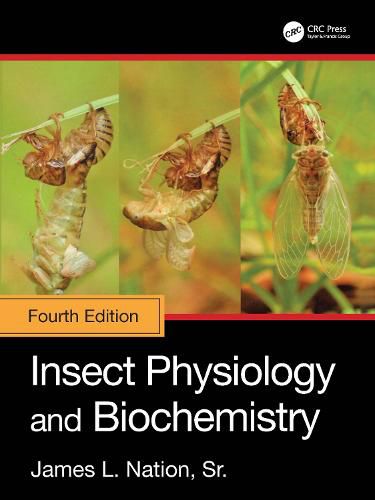Readings Newsletter
Become a Readings Member to make your shopping experience even easier.
Sign in or sign up for free!
You’re not far away from qualifying for FREE standard shipping within Australia
You’ve qualified for FREE standard shipping within Australia
The cart is loading…






The book concentrates on physiology and biochemistry and is not diluted by taxonomy/systematics - this makes it different from the competitor books and increases its worth at the postgraduate level and beyond. It makes a very good companion book to a second text that concentrates on taxonomic aspects, such as McGavin.
It emphasizes the importance of a rigorous understanding of species-specific details. This is even more successful because of the depth of each chapter.
The chapter on symbiosis is different, and very interesting and relevant.
There is ‘hidden depth’, nuance and richness in many chapters, which explore a huge range of themes and relevant topics. The book puts emphasis on insect diversity and its implications for experimental design and interpretation, highlighting caveats in experimental design. It is extremely thought provoking.
The writing style is easy to follow with very good descriptions of complicated topics. The edition is published in full color throughout.
Ideal for upper level undergraduate and graduate students (in college course system, 300 level and above). For the first-time learners, the level of difficulty is comparable to the introductory level courses for Genetics.
$9.00 standard shipping within Australia
FREE standard shipping within Australia for orders over $100.00
Express & International shipping calculated at checkout
The book concentrates on physiology and biochemistry and is not diluted by taxonomy/systematics - this makes it different from the competitor books and increases its worth at the postgraduate level and beyond. It makes a very good companion book to a second text that concentrates on taxonomic aspects, such as McGavin.
It emphasizes the importance of a rigorous understanding of species-specific details. This is even more successful because of the depth of each chapter.
The chapter on symbiosis is different, and very interesting and relevant.
There is ‘hidden depth’, nuance and richness in many chapters, which explore a huge range of themes and relevant topics. The book puts emphasis on insect diversity and its implications for experimental design and interpretation, highlighting caveats in experimental design. It is extremely thought provoking.
The writing style is easy to follow with very good descriptions of complicated topics. The edition is published in full color throughout.
Ideal for upper level undergraduate and graduate students (in college course system, 300 level and above). For the first-time learners, the level of difficulty is comparable to the introductory level courses for Genetics.